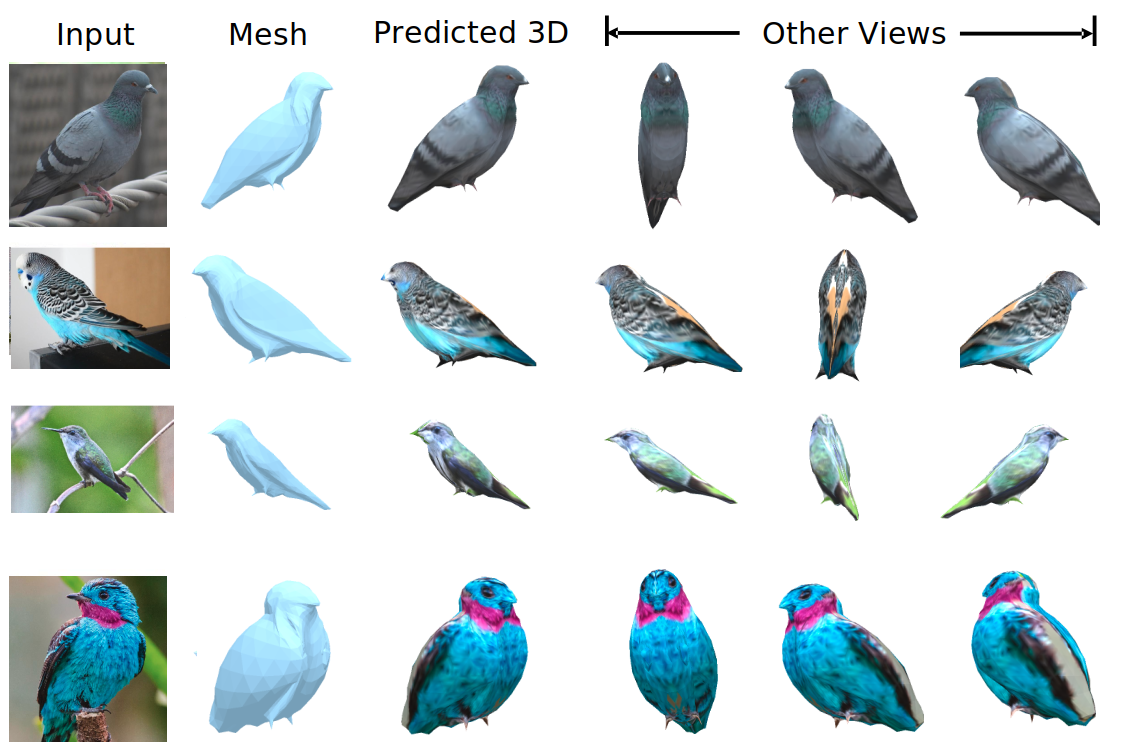Using Attention in HRL
Framework for training options with different attention mechanism and using them to solve downstream tasks.
Requirements
GPU required
conda env create -f conda_env.yml
After the instalation ends you can activate your environment and install remaining dependencies. (e.g. sub-module gym_minigrid which is a modified version of MiniGrid )
conda activate affenv
cd gym-minigrid
pip install -e .
cd ../
pip install -e .
Instructions
In order to train options and IC_net follow these steps:
1. Configure desired environment - number of task and objects per task in file config/op_ic_net.yaml. E.g:
env_args:
task_size: 3
num_tasks: 4
2. Configure desired type of attention (between "affordance", "interest", "nan") - in file config/op_ic_net.yaml. E.g.
main:
attention: "affordance"
3. Train by running command
liftoff train_main.py configs/op_ic_net.yaml
Once a pre-trained option checkpoint exists a HRL agent can be trained to solve the downstream task (for the same environment the options were trained on). Follow these steps in order to train an HRL-Agent with different types of attentions:
1. Configure checkpoint (experiment config file and options_model_id) for pre-trained Options and IC_net - in file configs/hrl-agent.yaml. E.g:
main:
options_model_cfg: "results/op_aff_4x3/0000_multiobj/0/cfg.yaml"
options_model_id: -1 # Last checkpoint will be used
2. Configure type of attention for training the HRL-agent (between "affordance", "interest", "nan") - in file configs/hrl-agent.yaml. E.g:
main:
modulate_policy: affordance
3. Train HRL-agent by running command
liftoff train_mtop_ppo.py configs/hrl-agent.yaml
Both training scrips produce results in the results folder, where all the outputs are going to be stored including train/eval logs, checkpoints. Live plotting is integrated using services from Wandb (plotting has to be enabled in the config file main:plot and user logged in Wandb or user login api key in the file .wandb_key).
The console output is also available in a form:
- Option Pre-training e.g.:
U 11 | F 022528 | FPS 0024 | D 402 | rR:u, 0.03 | F:u, 41.77 | tL:u 0.00 | tPL:u 6.47 | tNL:u 0.00 | t 52 | aff_loss 0.0570 | aff 2.8628 | NOaff 0.0159 | ic 0.0312 | cnt_ic 1.0000 | oe 2.4464 | oic0 0.0000 | oic1 0.0000 | oic2 0.0000 | oic3 0.0000 | oPic0 0.0000 | oPic1 0.0000 | oPic2 0.0000 | oPic3 0.0000 | icB 0.0208 | PicB 0.1429 | icND 0.0192
Some of the training entries decodes as
F - number of frames (steps in the env)
tL - termination loss
aff_loss - IC_net loss
cnt_ic - Intent completion per training batch
oicN - Intent completion fraction for each option N out of Total option N sampled
oPicN - Intent completion fraction for each option N out of affordable ones
PicB - Intent completion average over all options out of affordable ones
- HRL-agent training
U 1 | F 4555192.0 | FPS 21767 | D 209 | rR:u, 0.00 | F:u, 8.11 | e:u, 2.48 | v:u 0.00 | pL:u 0.01 | vL:u 0.00 | g:u 0.01 | TrR:u, 0.00
Some of the training entries decodes as
F - number of frames (steps in the env offseted by the number of pre-training steps)
rR - Accumulated episode reward average
TrR - Average episode success rate
Framework structure
The code is organised as follows:
agents/- implementation of agents (e.g. training options and IC_netmultistep_affordance.py; hrl-agent PPOppo_smdp.py)configs/- config files for training agentsgym-minigrid/- sub-module - Minigrid envsmodels/- Neural network modules (e.g options with IC_netaff_multistep.pyand CNN backboneextractor_cnn_v2.py)utils/- Scripts for e.g.: running envs in parallel, preprocessing observations, gym wrappers, data structures, logging modulestrain_main.py- Train Options with IC_nettrain_mtop_ppo.py- Train HRL-agent
Acknowledgements
We used PyTorch as a machine learning framework.
We used liftoff for experiment management.
We used wandb for plotting.
We used PPO adapted for training our agents.
We used MiniGrid to create our environment.


/samples.jpg)

